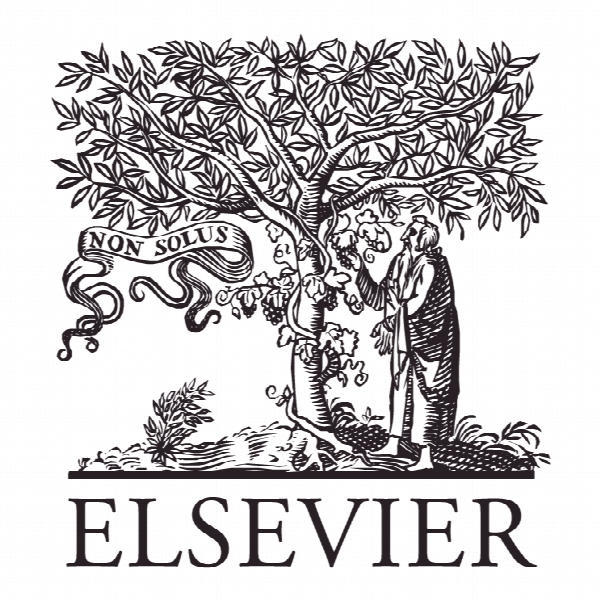صلاحیت تشخیص دوگانه: بررسی سیستماتیک ادبیات آموزش کارکنان Dual diagnosis competencies: A systematic review of staff training literature
- نوع فایل : کتاب
- زبان : انگلیسی
- ناشر : Elsevier
- چاپ و سال / کشور: 2018
توضیحات
رشته های مرتبط مدیریت
گرایش های مرتبط مدیریت منابع انسانی
مجله گزارشات رفتارهای اعتیاد آور – Addictive Behaviors Reports
دانشگاه Mental Health Service – St Vincent’s Hospital – Melbourne – Australia
شناسه دیجیتال – doi https://doi.org/10.1016/j.abrep.2018.01.003
منتشر شده در نشریه الزویر
کلمات کلیدی انگلیسی Mental health, Dual diagnosis, Substance use, Systematic literature review, Reasons for use scale
گرایش های مرتبط مدیریت منابع انسانی
مجله گزارشات رفتارهای اعتیاد آور – Addictive Behaviors Reports
دانشگاه Mental Health Service – St Vincent’s Hospital – Melbourne – Australia
شناسه دیجیتال – doi https://doi.org/10.1016/j.abrep.2018.01.003
منتشر شده در نشریه الزویر
کلمات کلیدی انگلیسی Mental health, Dual diagnosis, Substance use, Systematic literature review, Reasons for use scale
Description
1. Introduction It is estimated that anywhere between 40 and 80% of service users who experience mental illness in Victoria, Australia also have issues with substance use. People who suffer from mental health disorders that are complicated by alcohol and or other drug use disorders are defined as having a dual diagnosis (Department of Human Services, 2010). Living with a dual diagnosis can cause complex physical, psychological and social difficulties for a wide range of people (Roberts & Jones, 2012, p.664). Dual diagnosis is typically associated with negative consequences and widely affects many of life’s domains. Research suggests that those with a dual diagnosis compared to those with a single disorder experience much higher rates of violent behaviour, suicidal ideation, suicide and physical health problems (Thornton et al., 2012 p.429). In addition to these complications, there are compounding impacts on a person’s social circumstance including loss of support networks, stress on family and anti-social behaviour. This can lead to possible homelessness and incarceration (Donald, Dower, & Kavanagh, 2005 p.1372). On a more positive note there is literature to suggest that outcomes for service users with dual diagnosis can be enhanced when services provide integrated evidence-based treatment (Drake et al., 2015). There is little research on the role of supervision among those with dual diagnosis training however the minimal evidence suggests that it is necessary. Supervision led by qualified and competent staff in a helping environment has found to support staff in difficult situations and allow the opportunity to reflect on the process that is happening (Cookson, Sloan, Dafters, & Jahoda, 2014). The need for dual diagnosis training to be standardised within the mental health and alcohol and other drug fields across agencies and different discipline occupations has been raised in order to ensure that care is more service-user-oriented (Hughes, 2011). 1.1. Aims and objectives of the study To investigate the extent and quality of staff training innovations in the dual diagnosis field, aiming to enhance staff skills to work with people experiencing severe and persistent mental illness (SPMI) comorbid with substance abuse.


